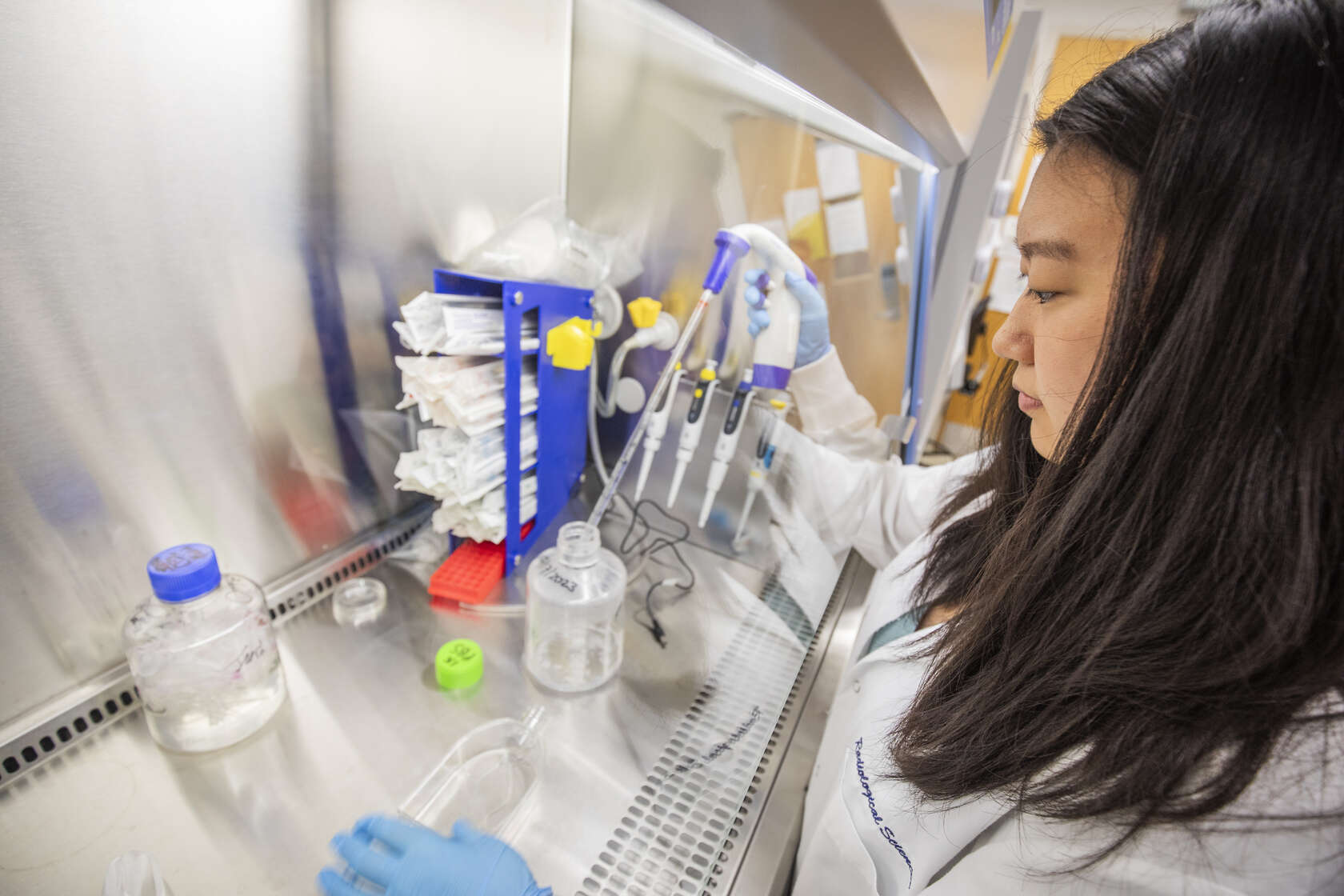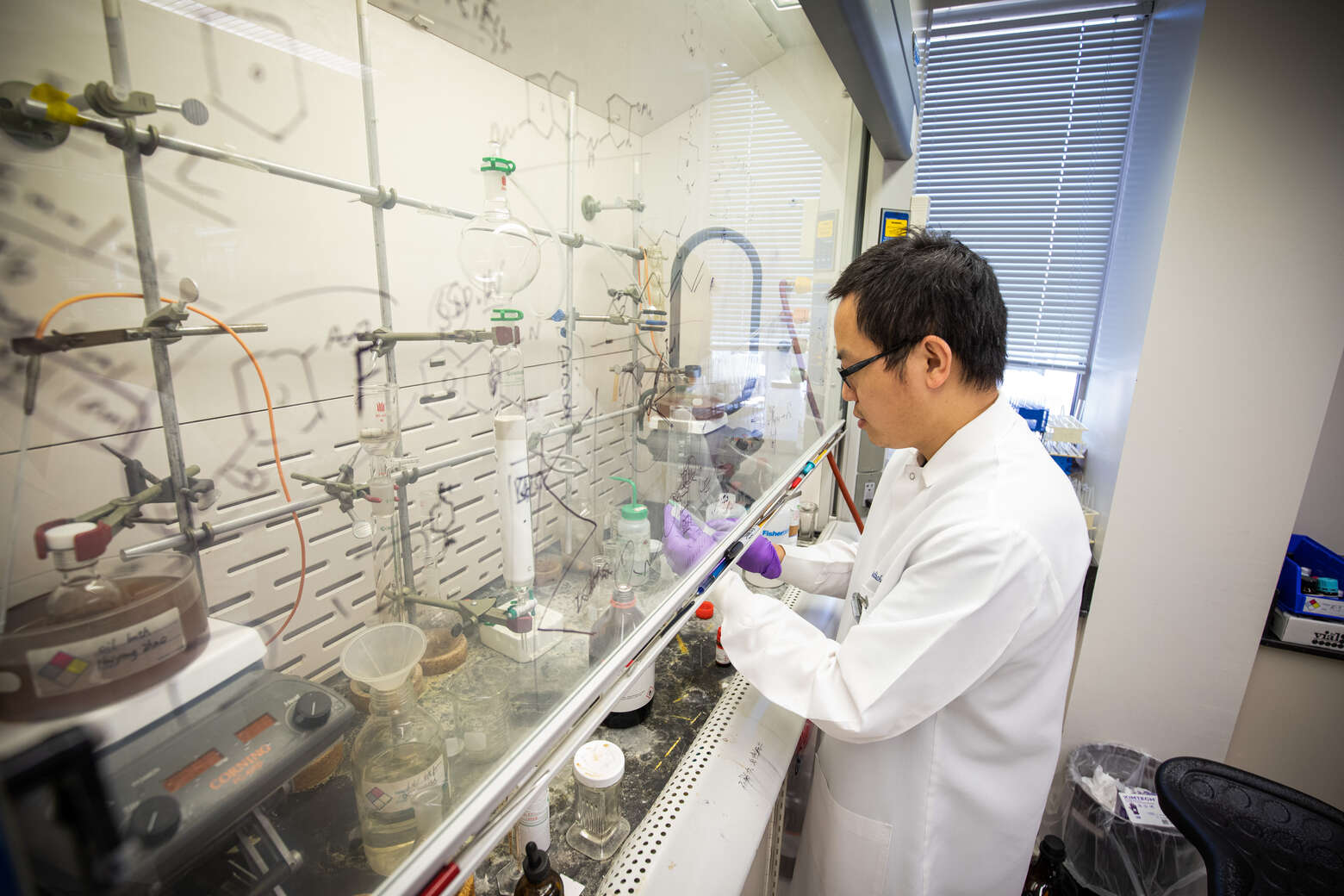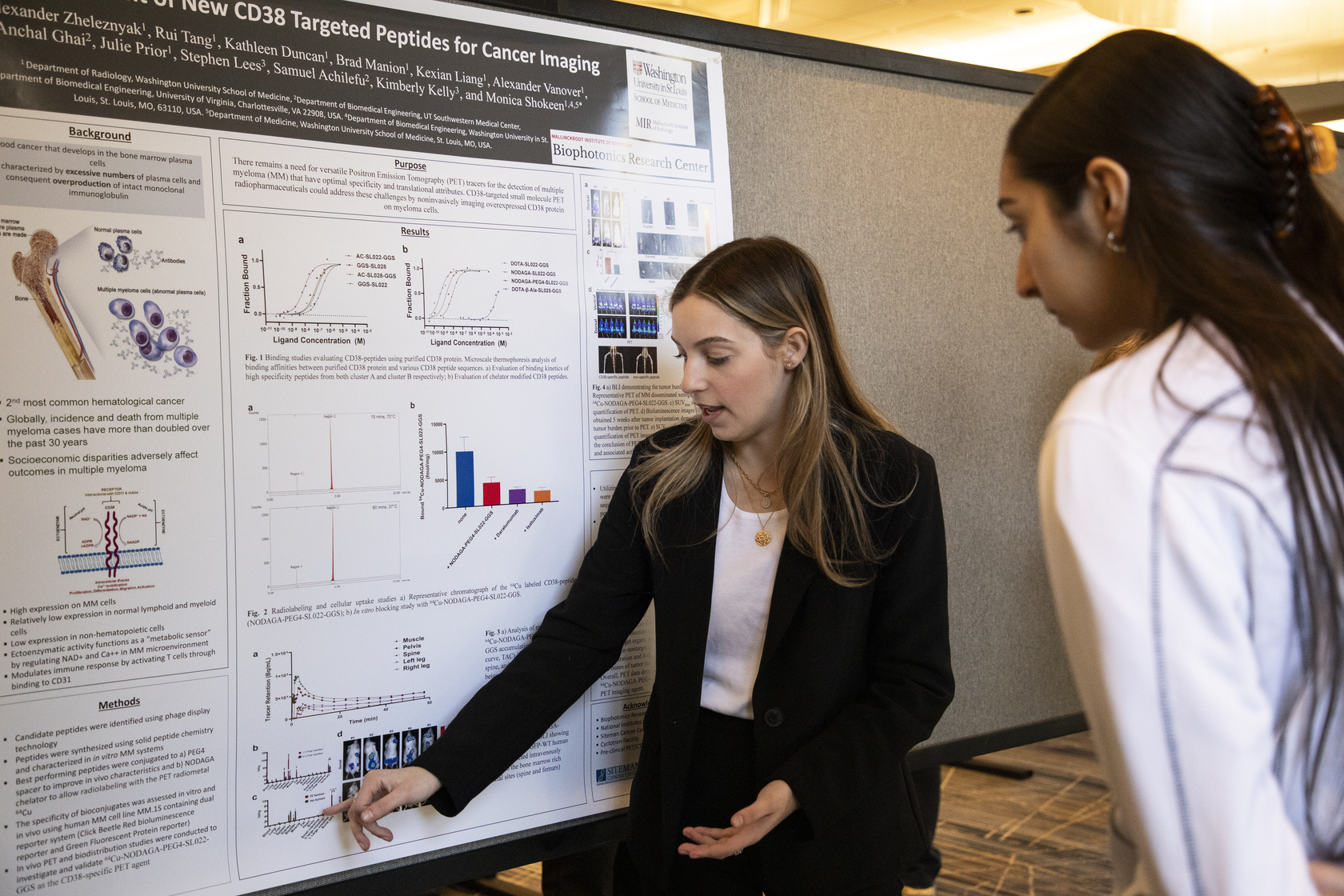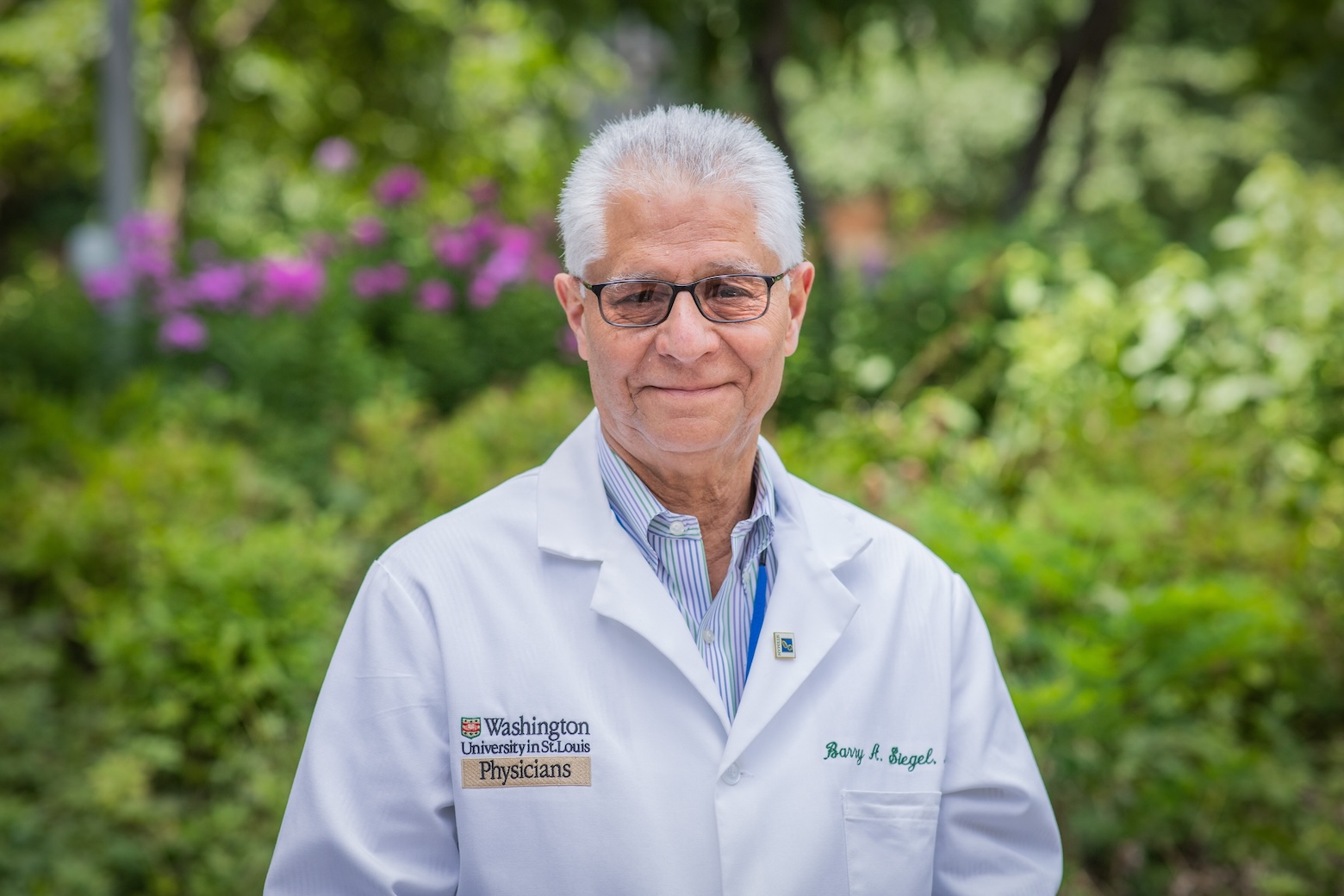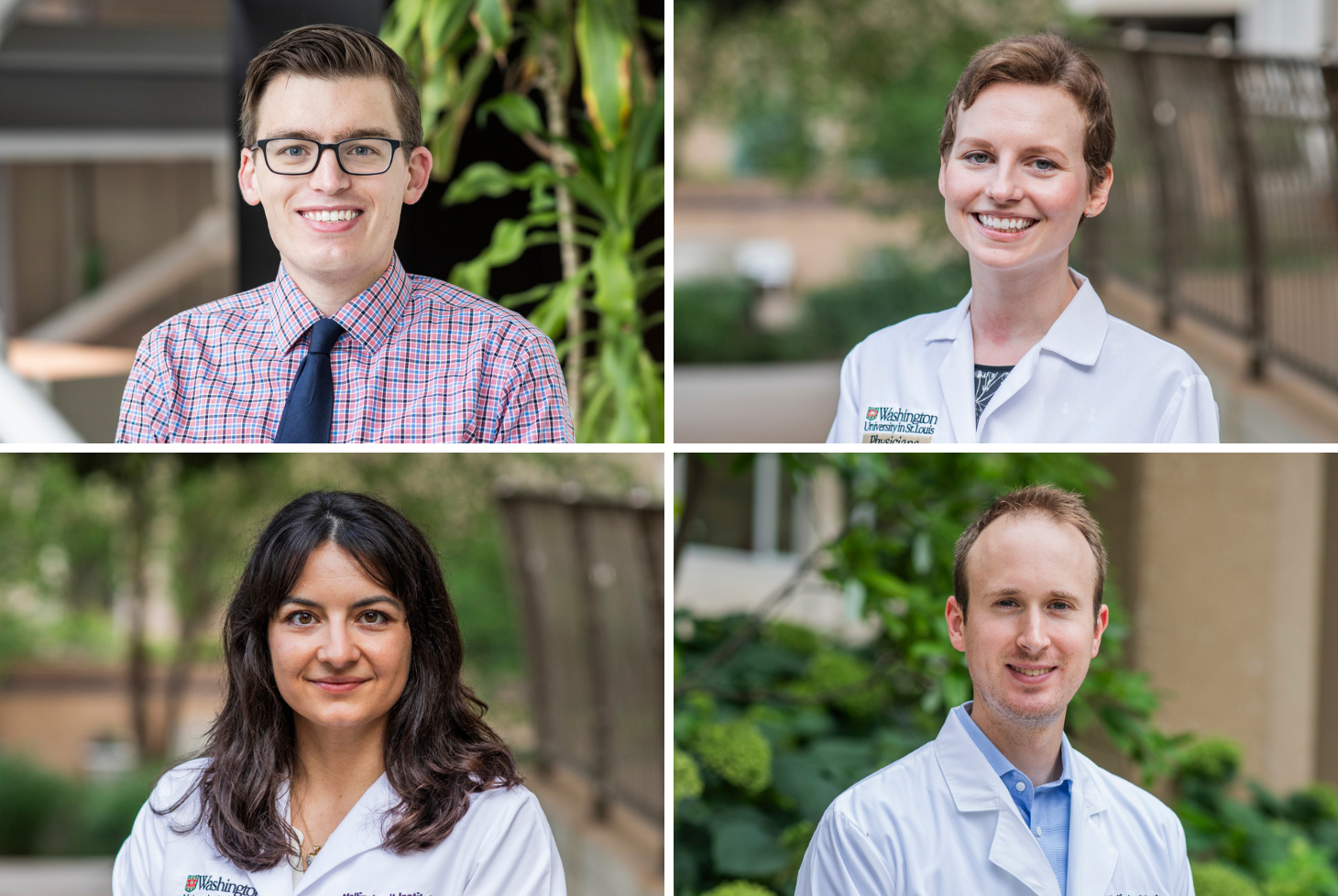Alumni Spotlight: Perry J. Pickhardt, MD
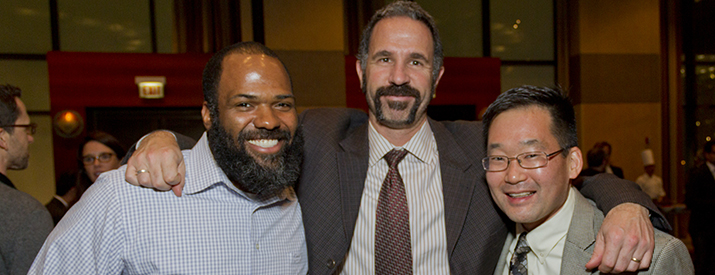
Perry J. Pickhardt, MD, is a professor of radiology and chief of gastrointestinal imaging at the University of Wisconsin School of Medicine and Public Health in Madison, Wisconsin. He began publishing widely during his residency at Mallinckrodt Institute of Radiology and remains a prolific researcher, particularly in the field of virtual colonoscopy.
What attracted you to radiology?
I was a physics major as an undergraduate at the University of Wisconsin, which has a world-class medical physics department. I took some graduate-level medical physics courses, and the imaging side intrigued me the most. I became more interested in interpreting the images than being the technical person tweaking the image quality. So I essentially went into medical school because I was interested in radiology. That’s atypical. Many people find radiology after starting their residencies.
Why did you choose Mallinckrodt for your residency training?
When I attended the University of Michigan Medical School, David Kim, who was two years ahead of me (and became a Mallinckrodt alum), mentioned Mallinckrodt as a place I had to check out. I later realized it was far and away the best radiology residency training program. My interview at Mallinckrodt came after visiting the University of Pennsylvania, which had a one-time interview process for several hundred people at once. At Mallinckrodt, I was the only one interviewed that day. To experience this entire building devoted to radiology, the floor-by-floor organization of the different imaging modalities, the history that had been made there, and to be the sole focus of the interview process that day, I was simply awestruck.
Who were some of the instructors at Mallinckrodt who left the greatest impression upon you?
Dennis Balfe, who still slings in GI, has a unique style that many of his former residents emulate. Instead of going on with unimportant details, he cuts to the quick. Jay Heiken, who is also in the abdominal imaging section, has a smooth style of lecturing and is an eloquent speaker. Stuart Sagel was head of chest; I emulate his dictation style to this day. He’d use phrases others are often afraid to use, such as “This almost certainly represents (disease X),” rather than list a long differential. Lou Gilula, in muscular/skeletal, was one of the kindest people. He was incredibly dedicated to his patients and trainees. He taught what it means to be a radiologist but still be a physician. Fernando Gutierrez in cardiothoracic is incredibly astute. He has an ability to evaluate a complex case and boil it down to the essentials. All of these mentors were remarkable people who a lasting impression upon me.
How else does your time at Mallinckrodt continue to play a role in your life today?
Several people I met during my time at Mallinckrodt are the people I count as my absolute closest friends. There’s Sanjeev Bhalla, who is now chief of chest at Mallinckrodt. Christine “Cooky” Menias is at the Mayo Clinic in Scottsdale, Arizona. Perry Pickhardt is now chief of gastrointestinal imaging at the University of Wisconsin School of Medicine and Public Health in Madison, Wisconsin. All three of these people really helped me so much in my personal growth and in making my time at Mallinckrodt an absolutely positive experience.
Tell us about your unusual career path.
I was on a Navy scholarship in medical school, so I owed four years after residency. I spent the first year at the U.S. Naval Hospital in Guantanamo Bay, Cuba. I was the department head, but the only radiologist. I had five technologists, no CT scanner, and very light volume since the base was largely filled with healthy marines. After that, I spent three years at the National Naval Medical Center in Bethesda, Maryland. The opportunity arose to use Department of Defense funding for a large prospective screening trial using CT colonography (virtual colonoscopy). I initially thought this study will ultimately prove that it doesn’t work for screening, but I was completely wrong. It blew me away in terms of actual performance. In my opinion, virtual colonoscopy is the best of all available colorectal screening tests.
What excites you about these developments in virtual colonoscopy?
Colon cancer remains the second leading cause of cancer death, even though it is completely preventable. If virtual colonoscopies can help more people get screened and prevent cancers, you have the rare opportunity to impact many lives. We’ve set up the first such screening program at the University of Wisconsin.
How do you spend your time as professor and chief of gastrointestinal imaging?
I’ve been here almost 12 years now. It is a great practice, with a lot of former Mallinckrodt residents. I have the perfect mix of clinical care and academic medicine, about half and half. On the clinical side, I do cross-sectional imaging, including CT, ultrasound and MRI, and perform a lot of biopsies. On the academic side, we’re allowed enough time to pursue our interests.
What are your favorite areas of research?
Most of my research involves CT, including volumetrics, texture analysis, appendicitis, steatosis, virtual colonoscopy, interventions, opportunistic screening, oncology and incidental findings, among other areas. I also have several ongoing NIH R01 grants. It just seems one idea leads to another — and I have incredible colleagues at UW to collaborate with.
What are your interests beyond radiology?
My wife and I have three boys, ages 5, 10 and 12, so our lives center on family activities. I enjoy music, movies and eating. I also like to stay active with tennis, golf and basketball. When I was a kid, I wanted to be an artist and recently, for the first time since seventh grade, I started drawing again. My two older sons are also taking a strong interest, so we’ve been sketching together quite a bit.

